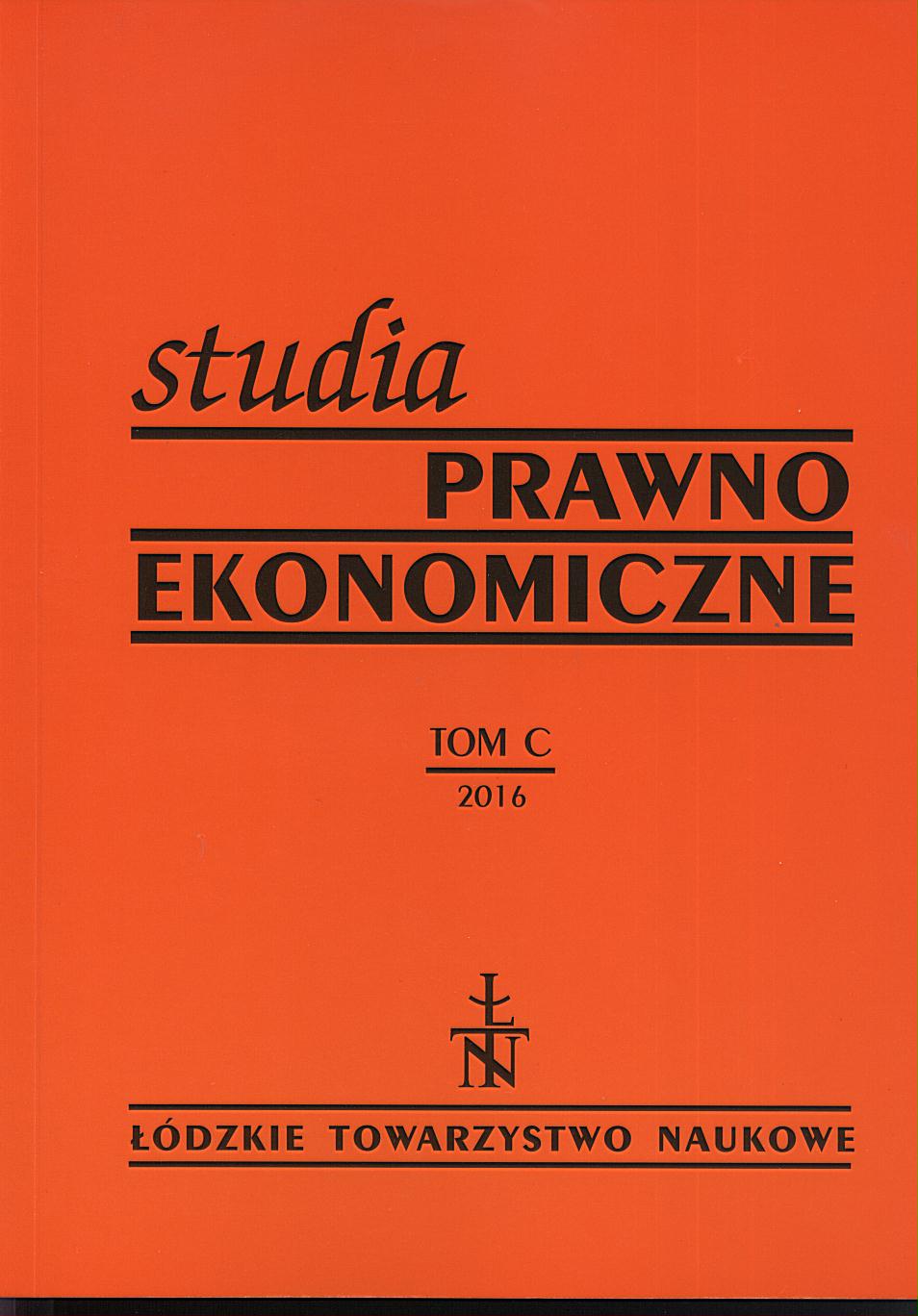Cykliczność inwestycji w modelu wzrostu gospodarczego – ujęcie teoretyczne oraz symulacje numeryczne
Cyclical Nature of Investment in the Neoclassical Growth Model – Theoretical Conception and Numeric Results
Author(s): Paweł Dykas, Tomasz MisiakSubject(s): Economy, National Economy, Business Economy / Management
Published by: Łódzkie Towarzystwo Naukowe
Keywords: cyclical investments;Solow growth model; the path of product growth and the capitallabour ratio
Summary/Abstract: The aim of the present study is an attempt to extend the neoclassical model of economic growthof Solow by repealing the assumption of fixed investment and introducing an investment functiondependent sinusoidally on the time. The adoption of the sinusoidal function of investment is substantiatedby the fact that investments (like manufacturing) are largely depended on the economicsituation, which is subject to periodic fluctuations.In the empirical analysis the authors conducted the calibration of parameters used by theresearch model. Based on panel data for the countries of Schengen group between the years 2000––2013 the α parameter (production flexibility in relation to capital) was estimated first at 0,4. Thatvalue was adopted to further numerical analysis. In the second stage the simulations of numerical,calibrated deviations of temporal cyclical path of capital-labour ratio (labor productivity) fromthe smooth path of capital-labour ratio (labor productivity) was performed. When conducting numericalanalysis the impact of different investment rates (15%, 20%, 30%) and periods of cyclicalfluctuations (4 or 10 years) have been considered in relation to the formation of these deviations.Numerical analysis for the economies of the Schengen group was made for one hundred time series.
Journal: Studia Prawno-Ekonomiczne
- Issue Year: 2016
- Issue No: 100
- Page Range: 197-209
- Page Count: 13
- Language: Polish

